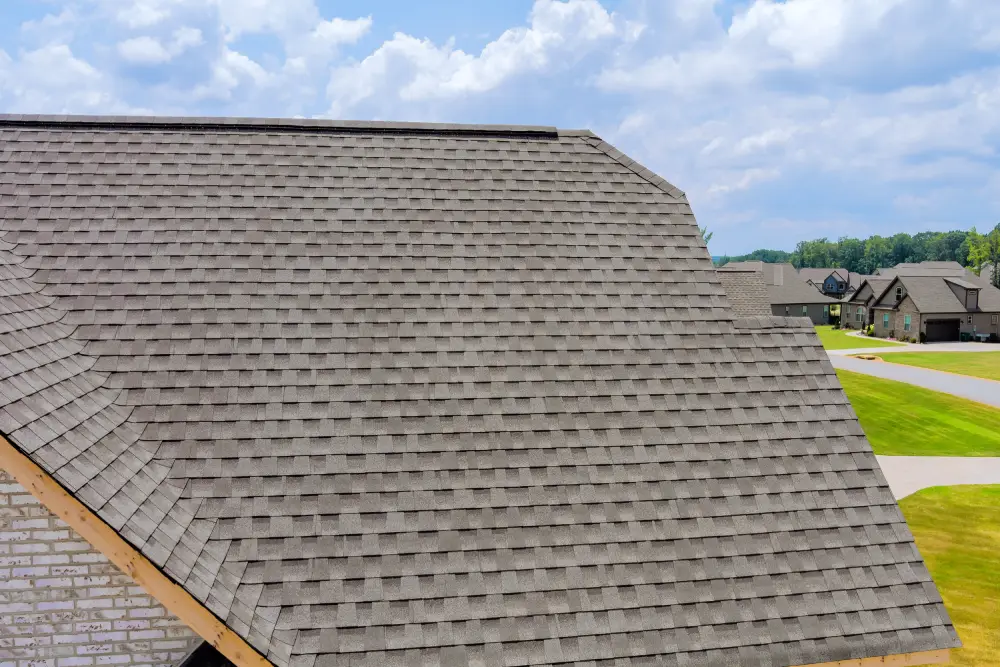Beating the Texas Heat from the Top Down
Texas summers are relentless. Between the blazing sun, triple-digit temperatures, and UV exposure that can bake a rooftop, the right roofing system makes all the difference. Homeowners and business owners across Corpus Christi, San Antonio, and the Coastal Bend are looking for energy-efficient options that help reduce cooling costs and improve comfort. Two popular choices—cool roofs and green roofs—offer very different ways to fight the heat.
So which one performs best under Texas conditions? Let’s break it down.
What Is a Cool Roof?
A cool roof is designed to reflect more sunlight and absorb less heat than a standard roofing surface. This effect comes from specialized materials—like reflective shingles, TPO membranes, or white roof coatings—that bounce solar energy away from your home.
How Cool Roofs Work:
- Reflect sunlight instead of absorbing it
- Reduce heat transfer into your attic or workspace
- Lower indoor temperatures and air conditioning costs
In Texas, a cool roof can reduce surface temperatures by up to 50°F compared to traditional dark shingles. That’s a big deal when your AC is running nearly nonstop.
What Is a Green Roof?
A green roof—sometimes called a living roof—has vegetation planted over a waterproof membrane. The layers typically include soil, drainage, and hardy plants that thrive in sunlight.
Green roofs are popular in urban environments for their visual appeal and eco-benefits. They act as natural insulation, help manage stormwater, and even improve air quality.
Benefits of Green Roofs:
- Provides natural insulation
- Reduces stormwater runoff
- Improves air quality and aesthetics
- Offers additional outdoor or garden space
However, green roofs are heavier, more complex to install, and require consistent maintenance—especially in hot, dry climates like much of Texas.
Cool Roofs vs. Green Roofs: Head-to-Head for Texas Weather
| Feature | Cool Roof | Green Roof |
|---|---|---|
| Heat Reflection | Excellent – reflects sunlight and lowers surface temps | Moderate – absorbs some heat but insulates |
| Maintenance | Low – occasional cleaning or recoating | High – watering, plant care, drainage upkeep |
| Cost | Moderate – affordable options like reflective shingles | High – structural reinforcement and irrigation |
| Suitability for Texas Heat | Ideal – performs well in extreme sun | Limited – plants may struggle in dry heat |
| Lifespan | 20–30 years depending on material | 25–40 years with proper care |
The Texas Verdict: Cool Roofs Win for Most Properties
While both systems are eco-friendly, cool roofs outperform green roofs in Texas’s intense heat and humidity.
- They’re engineered for solar reflectivity, keeping indoor spaces cooler.
- Require less maintenance than a green roof.
- Work with a wide range of materials—from reflective shingles for homes to white TPO membranes for commercial buildings.
- Deliver immediate energy savings and are often eligible for energy efficiency rebates.
For coastal and inland Texas, where heat and storms test every rooftop, cool roofs strike the best balance between performance, durability, and cost.
Get a Cool Roof Built for Texas
At Phillips Roofing, we install energy-efficient roofing systems designed specifically for Texas weather. Whether you’re in Corpus Christi, San Antonio, or anywhere in the Coastal Bend, our team can help you choose a cool roof that reduces energy bills, increases comfort, and stands tough against the elements.
Call Phillips Roofing today for a free estimate or roof inspection—and keep your home cooler this summer, from the top down.








